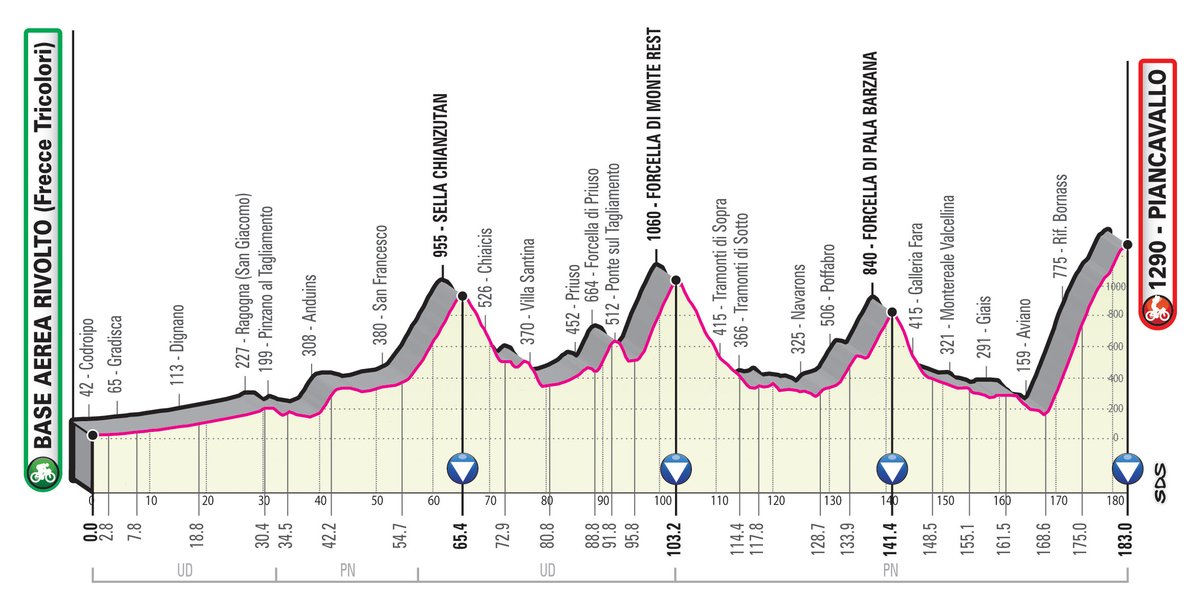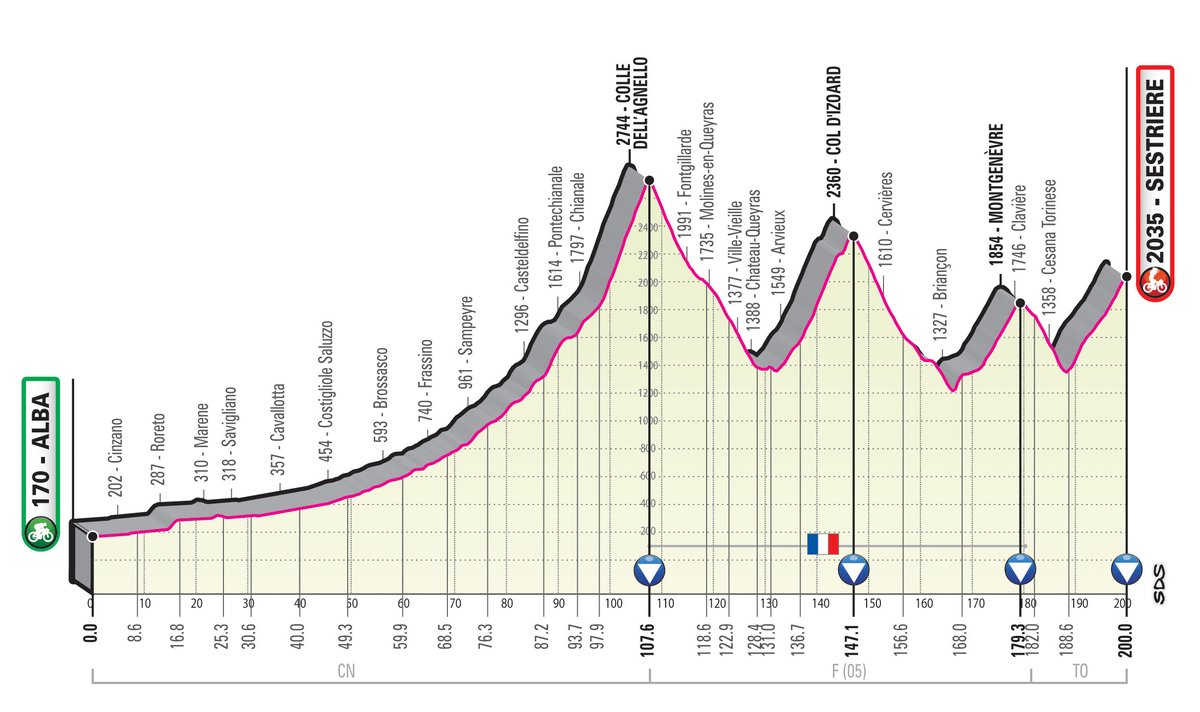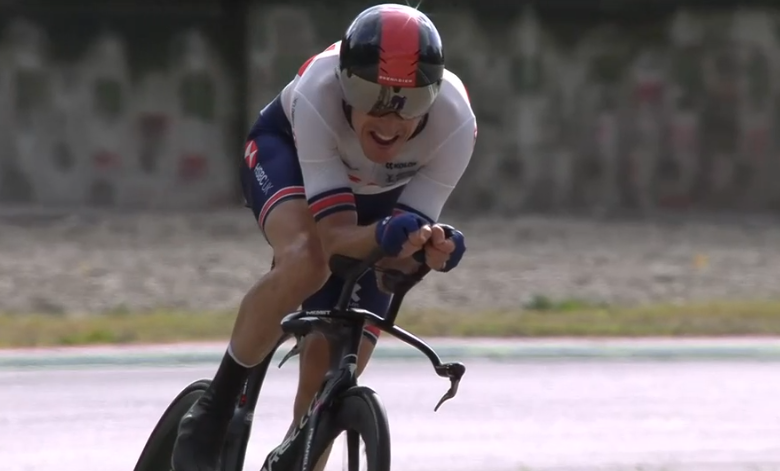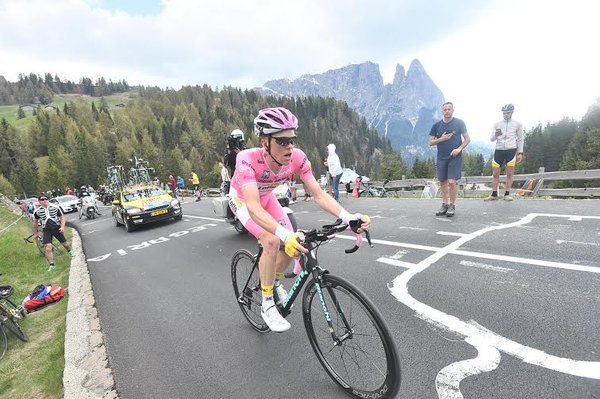2020 Giro d’Italia preview: route and contenders
Thomas and Simon Yates are the favourites in unique autumn tussle for the pink jersey

Saturday is the first stage of the 103rd Giro d’Italia, and this year the battle for the maglia rosa takes place among the falling leaves. Snow on the mountain passes will still be a danger to the race. The defending champion, Richard Carapaz, worked too hard at the Tour de France to contest the Italian Grand Tour. In fact, the only 2020 participant who has ever been on a Giro podium is two-time winner Vincenzo Nibali.

One of the places to watch the Giro is FloBikes.
The Route
The Corsa Rosa of the 2020 Giro d’Italia includes classic climbs like the Stelvio, the Gavia and the d’Izoard. There are three time trials, including the Sicilian opener and a 16-km closer in Milan. The queen stage is the 20th stage: four mountains with 5000 metres of climbing and a summit finish on Sestiere. But the penultimate stage is only the capstone on a brutal final week.
Week 1: Sicilian Fandango
The race originally was supposed to start with a May 9 opening time trial in Budapest ending with a 1.5 km, 4 percent climb into the Old City and Trinity Square before two sprint days of around 200 km to complete the Hungarian journey. But the COVID-19 pandemic led to the cancellation of the start in Hungary.
Now, the race begins on October 3 in Sicily with a chrono and then stays on the island for three more days. Stage 3 may end with an engrossing 19-km clamber up Mount Etna, and Stage 2 also featuring a 4-km climb to the line.
On the mainland, the race heads east along the top of the boot’s foot before turning north up the Adriatic Coast. There is enough climbing in the first nine stages to ensure a lively early battle for the blue climber’s jersey. The first rest day is October 12.
Week 2: Time trials, hills, transfers
It’s not just more transfers north that mark the second week. There are hilly stages, and the day after the long chrono, a 33.7-km battle against the clock, the race ends atop 14 km, 7.9 percent Piancavallo.

The final week is daunting because of three nasty, 200+-km days in the mountains and a final-day, 16.5-km time trial into Milan.
Stages 17 and 18 are back-to-back summit finishes, with the first day ending atop the Madonna di Campiglio after three big mountains. Stage 18 on October 22 ends with a showdown on 8.7-km, 7.1 percent Laghi di Cancano, but the 25-km Stelvio monster that precedes it should be the stage for an almighty battle.
The penultimate queen stage takes on the long Colle d’Agnello before descending into France for the mighty Izoard and the Montgenevre. Back in Italy the riders face the summit finish of Sestriere, 19.2-km at 6.7 percent.

October 5’s concluding time trial into Milan is very flat and starts at Cernusco Sul Naviglio outside the city.
The Contenders
The cycling world saw a Giro preview at Tirreno-Adriatico, where Simon Yates beat Geraint Thomas for the trident trophy. Rafal Majka rounded out the podium and Wilco Kelderman came fourth.
Geraint Thomas (Great Britain/Ineos) will be a favourite to win a second Grand Tour because of the three individual time trials–64.9 km in total. The Brit was very strong in the Worlds chrono while coming fourth. Ineos has assembled a team around Thomas as if there was a team time trial, which there is not. Thomas needs someone like Ivan Sosa for the mountains.

There are a lot of people picking Jakob Fuglsang for the victory, but the Astana Dane was not in the trident hunt at Tirreno-Adriatico. He has never finished higher than seventh in a Grand Tour and made the top-10 only once in 14 starts. On his team Fuglsang has Angel Lopez and Alexander Vlasov, who is having a fine season.
Dutchman Steven Kruijswijk and 2018 Vuelta winner Simon Yates (Great Britain/Mitchelton-Scott) both have unfinished business with the Giro: they both were leading the race before Stage 19, which proved to be nightmare days. In 2016 Kruijswijk was following a Vincenzo Nibali and Esteban Chaves attack over the top of the Colle dell’Agnello when he crashed into a snowbank, a misfortune that led to him eventually finishing fourth in Milan. In 2018 Yates simply had a terrible day while Chris Froome was having a dream stage; Yates finished 38-minutes after his compatriot and placed 21st on GC. Kruijswijk broke his collarbone in the Critérium du Dauphiné and missed being part of the insanely powerful but ultimately thwarted Jumbo-Visma squad at the Tour de France. He was on the podium of last year’s Tour de France.

Two time champion Nibali might have been runner-up to Carapaz last season, but his two other latest Grand Tours saw him come 59th and 39th. He wasn’t impressive at Tirreno-Adriatico, but he looked strong at the World Championships.
Rafal Majka‘s third in Tirreno-Adriatico is one of his best results in years. His last two Grand Tours–last season’s Giro and Vuelta–both saw him come sixth. He has placed in the top-7 in all four of his Giro starts.
Grand Tour podiums have eluded Wilco Kelderman (The Netherlands/Sunweb), but he just might be the Giro surprise and stand on the glory steps in Milan, like Thomas De Gendt in 2012, David Arroyo in 2010 and Marzio Bruseghin in 2008.
